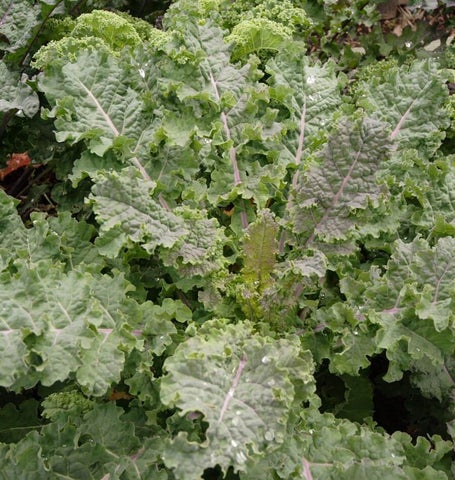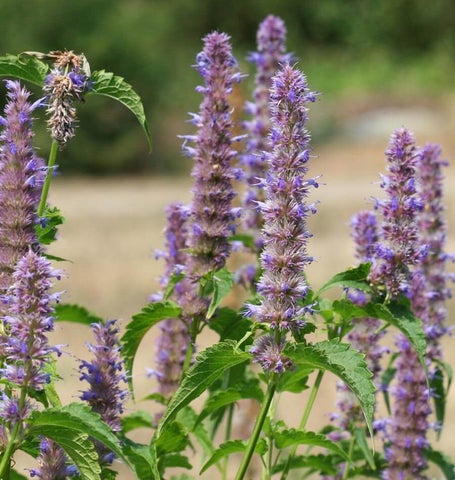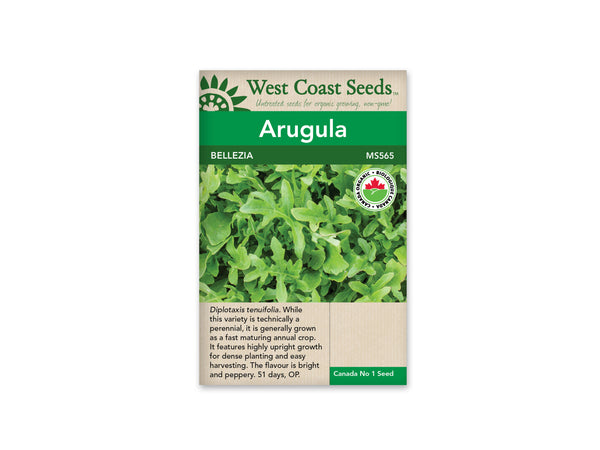Canadian Orders: Flat-Rate Shipping on Orders over $75 | Orders Over $150 Ship Free!
-
Shop
- New Arrivals
- Gardening
- Seeds
- Children + Baby
- Bath + Skin Care
- Baby Toys
- Books
- Puzzles + Games
- Loose Parts + Creative Play
- The Little Naturalist
- Play Chef
- Slings
- Apothecary
- Kids Lunches
- Accessories
- Sustainable Living
- Brushes / Brooms
- Food Storage
- Outdoors
- Coffee, Tea, Chocolate + Honey
- Coffee + Tea Accessories
- Water bottles + Travel Mugs
- Cookbooks
- Dishwashing
- Laundry
- Cleaners
- Accessories
- On The Go Essentials
- Self Care
- Face Care
- Body Care
- Hair Care
- Cosmetics
- Deodorant
- Toothpaste + Oral Care
- Sun Care
- Accessories
- Zero Waste Bathroom
- Soap
- Essential Oils
- For Men
- Books
- Apothecary + Natural Supplements
- Pet Care
- Shop Local
- Bulk
- In Store Pick Up
- Home Improvement
- Paint & Stain
- Discover
- Bulk Bar
Kale — Rainbow Lacinato Organic
Sold Out $3.99
Rainbow Lacinato Organic Kale Seeds are CERTIFIED ORGANIC! A fabulous cross of beloved Lacinato with the super cold hardy Redbor produces these multicoloured plants with mostly the strap-like leaves of the Lacinato and the colouring of the Redbor. It is slower to bolt and more productive than Lacinato. Gathered in bunches, you will get some with blue green leaves, some purple leaves, some curly edges, some with red veins - enjoy cooking this colourful bouquet all winter long.
Matures in 65 days.(Open-pollinated seeds)
Quick Facts:
- blue-green, and purple leaves with curly edges
- Slow to bolt
- Enjoy cooking all winter long
- Open-pollinated seeds
- Matures in 65 days
Size: 0.25g (approx. 89 seeds)
How To Grow: Kale contains higher levels of beta-carotene than any other green vegetable, and is also high in vitamin C and calcium. Collards are not far behind. All are easy to grow, vigorous, nutritious, resistant to cold, and easy to harvest and prepare. And the greens even get sweeter after frost. They are perfect for juicing and a long-lasting green that stores well, delicious in crunchy salads. Continue reading below for some expert tips on how to grow kale and collards.
Difficulty
Easy
Season & Zone
Season: Cool season
Exposure: Full-sun
Zone: Winter hardy to Zone 6.
Timing
Direct sow in early spring to mid-summer for summer to winter harvests. Or start indoors 4-6 weeks before the last frost, and transplant out as soon as the soil warms up. Optimal soil temperature: 10-30°C (50-85°F). Seeds should germinate in 7-10 days.
Starting
Sow 3-4 seeds 5mm (¼”) deep in each spot you where a plant is to grow. Thin to the strongest plant. Space 45-60cm (18-24″) apart in rows 75-90cm (30-36″) apart.
Growing
Ideal pH: 6.0-6.8. Add lime to the bed 3 weeks prior to sowing. Kale likes well-drained, fertile soil high in organic matter. This plant prefers plentiful, consistent moisture. Drought is tolerable, but quality and flavor of leaves can suffer. Mix ¼ cup of complete organic fertilizer into the soil beneath each transplant, or use 1 cup beneath every 3m (10′) of seed furrow.
Days to maturity: From transplant date.
Growing
Ideal pH: 6.0-6.5. Aim for a soil with ample drainage and lots of organic matter. Add compost and lime at least 3 weeks prior to planting. One cup of balanced organic fertilizer per 3m (10′) of row will give adequate nutrition. Seedlings should be hardened off by reducing water and putting the plants outdoors 2 or 3 days before transplanting. This will help to prevent transplant shock and premature bolting. Regular watering is essential to prevent leaves from developing a bitter taste.
Harvest
Kale and collards can both be grown as a cut and come again crop for salad mixes by direct-seeding and cutting when plants are 5-8cm (2-3″) tall. They will re-grow. Or pick leaves from the bottom up on mature plants as you need them. In spring, the surviving plants start to flower, so eat the delicious flowering steps and buds.
Seed Info
In optimal conditions at least 65% of seeds will germinate. Usual seed life: 1 year. Per 100′ row: 240 seeds, per acre: 70M seeds.
Diseases & Pests
Protect from cabbage moths and other insect pests with floating row cover. Prevent disease with a strict 4-year crop rotation, avoiding planting Brassicas in the same spot more than once every four years.
Companion Planting
All Brassicas benefit from chamomile, dill, mint, rosemary, and sage. Avoid planting near eggplants, peppers, potatoes, or tomatoes, as the acidic soil these plants thrive in can cause problems for Brassicas.
Related Items
Agastache — Licorice Mint
Sold Out $3.49
Agastache foeniculum. With heavily licorice-scented leaves and tall spikes of edible lavender flowers, Licorice Mint has been used medicinally for generations. It also happens to...
View full product detailsArugula — Astro Organic
Sold Out $3.99
CERTIFIED ORGANIC! Astro organic arugula seeds produce a plant with leaves that are less lobed and more strap-like. It has a milder flavour than regular...
View full product detailsArugula, Wild — Selvatica Heirloom Organic
Sold Out $3.69
CERTIFIED ORGANIC! Diplotaxis tenuifolia. While technically this variety is a perennial, growers and home gardeners will probably prefer growing it as a fast maturing annual crop. Bellezia...
View full product detailsSign up to get the latest on sales, new releases and more…
© 2024 Sustain.
Ecommerce Software by Shopify
















